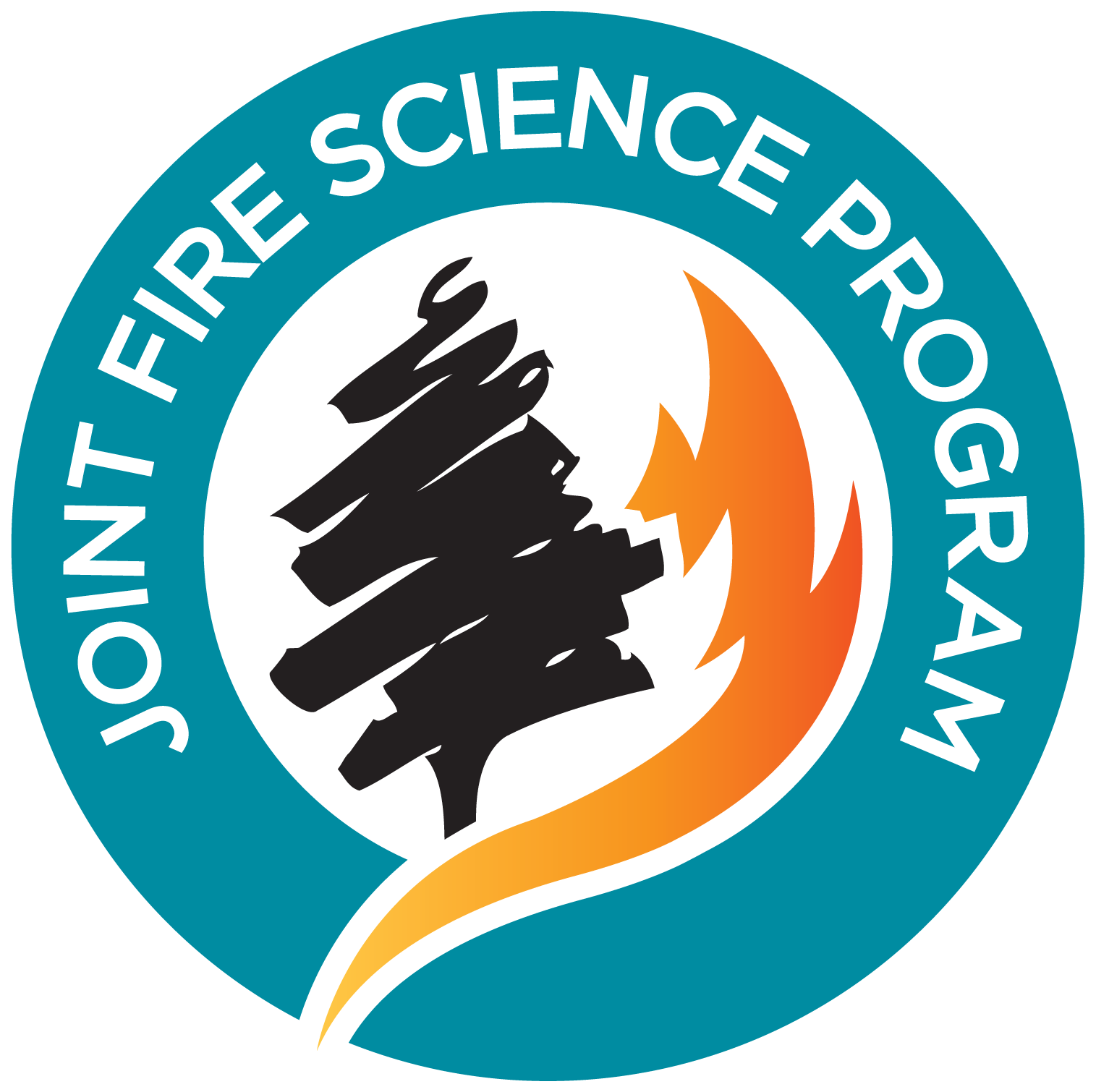United States Joint Fire Science Program

Joint Fire Science Program Synthesis Reports
Date of this Version
9-2016
Document Type
Article
Citation
Joint Fire Science Program Synthesis Reports, September 2016
General Technical Report, RMRS-GTR-352
Abstract
Fuel reduction treatments are being conducted throughout watersheds of the western United States to reduce hazardous fuels in efforts to decrease the risk of high-severity fire. The number of fuel reduction projects that include near-stream environments is increasing, bringing new challenges to riparian management. Riparian areas are protected by administrative regulations, some of which are largely custodial and restrict active management. However, riparian areas have also been affected by fire suppression, land use, and human disturbance, so manipulative treatments of vegetation and other fuels may be needed in some locations to maintain riparian biodiversity and restore valued functions. This report is a synthesis of current knowledge on the effects of wildfire and fuels treatments in riparian areas of the interior western United States, and includes the following: (1) a literature review of fire effects on riparian and aquatic characteristics and functions, provided as background for considering the need and potential impacts of fuel treatments; (2) a review of the potential effects of prescribed fire and mechanical treatments on riparian and aquatic resources and biota; (3) results of an online survey of resource managers, summarizing information about proposed and completed fuel reduction projects in riparian areas and wetlands in the interior west; (4) suggestions for pre- and post project-level monitoring for riparian fuels projects; and (5) a presentation of case studies, describing riparian fuel treatments with different objectives and methods. Research on the effects of fuel treatments on riparian and aquatic resources is limited, and monitoring of projects is highly encouraged, especially in watersheds supporting species of concern. Results of the online survey showed that habitat restoration is a common objective for many fuel treatments that include riparian areas; for each of the case studies, restoration of near-stream habitat for wildlife was a major goal. The integration of riparian fuel treatments with other aspects of fire and watershed management could potentially improve riparian condition in multiple stream and vegetation types.
Included in
Forest Management Commons, Other Forestry and Forest Sciences Commons, Wood Science and Pulp, Paper Technology Commons


Comments
United States government work